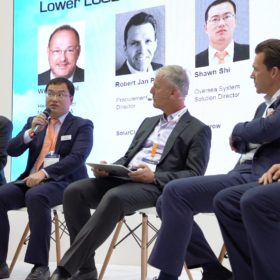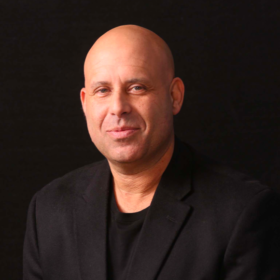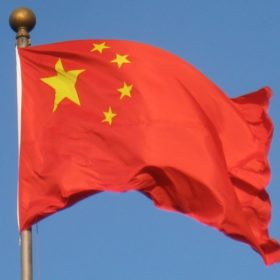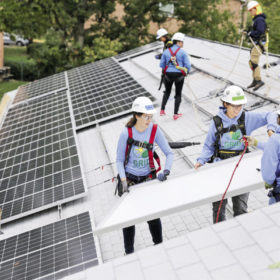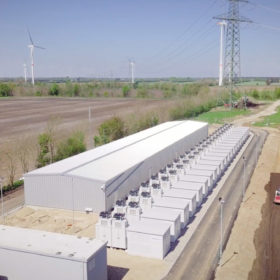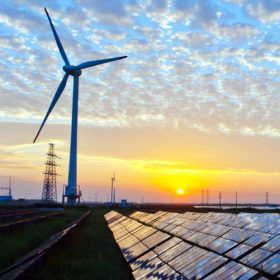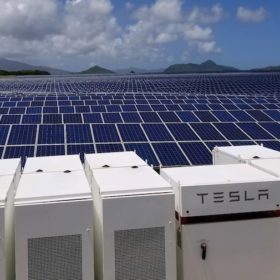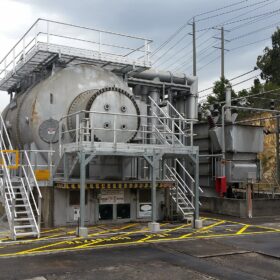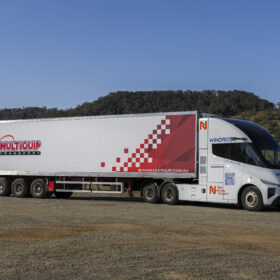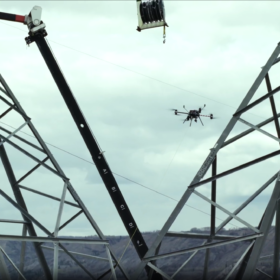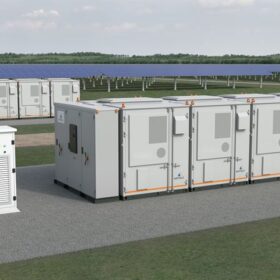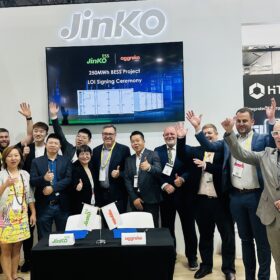Longi: ‘Our larger wafer must be industry standard’
The Chinese giant has argued its 166mm M6 product should be the new iteration used worldwide, even though larger products have been launched by rivals. Longi says the fact existing cell and module production lines can be adapted for the M6 means rising demand for solar worldwide can be swiftly satisfied.
Solar world pays tribute to founding father of SolarEdge
A tribute to Guy Sella has hailed ‘a brilliant man’ and ‘a revolutionary trailblazer’ who was ‘vibrant and energetic’ yet ‘down-to-earth and approachable’.
The Chinese solar market is changing shape
Two reports have described how the world’s largest renewable energy market is moving towards maturity. According to the Brookings Institution, the Chinese clean energy market could become more open to Western investors and tech. A report by Fitch claims projects are moving back to inland provinces from coastal regions.
Mini series: Women at work
Women provide an invaluable perspective in the PV industry’s workforce. Studies have shown that the number of qualified women in leadership yields better performance, and that female representation leads to greater collaboration and fairness within the workplace. Yet there still exists a great divide and inadequate representation. This year’s In Conversation section in the August edition of pv magazine highlights the significant contributions of leading women in the solar industry across its many segments, geographies, backgrounds and professions. Watch out for the interviews, which will be published over the coming Mondays, Wednesdays and Fridays.
Long read: The dawn of megastorage
Plummeting costs, industry maturity, and the ever-increasing penetration of global renewables are expanding the use cases for battery storage technology. Over the past year and a half, storage projects are increasing significantly in both scope and capacity.
Corporate clean energy PPAs to smash last year’s record: BloombergNEF
Power purchase agreements for 8.6 GW of clean energy have been signed in 2019 till July—up from 7.2 GW at the same time last year—with USA alone accounting for up to 70% of the deals. India continues to lead the Asia Pacific region despite registering a slowdown in the activity – almost almost twice as much as the volume recorded in Australia.
A new spectroscopic method to understand the physical principles of organic PV
A German research team claims to have created a new visualization technique it says can enable detailed mapping of the energetic landscapes of organic PV cells on a nano scale. The technique could lead to organic cells with reduced power losses.
Car industry copper demand to surge 250% due to EVs
By considering use of the metal in charging infrastructure, analyst Wood Mackenzie has found higher demand from the mobility sector than is the case if only the volume of the material required for vehicle construction is examined.
Using machine learning and cheap satellite data to design rooftop solar power
Researchers have built a tool to use cheap satellite imagery – like Google Maps – to automatically create solar designs with a 91% accuracy rate.
New US study finds renewable energy storage costs need to drop 90%
Researchers in the US have published a study that brings 20 years of renewable energy (solar PV and/or wind plus storage) generation into line with historical energy-demand profiles, to ascertain at what storage cost point renewables can cost-effectively consistently meet 100% demand.
